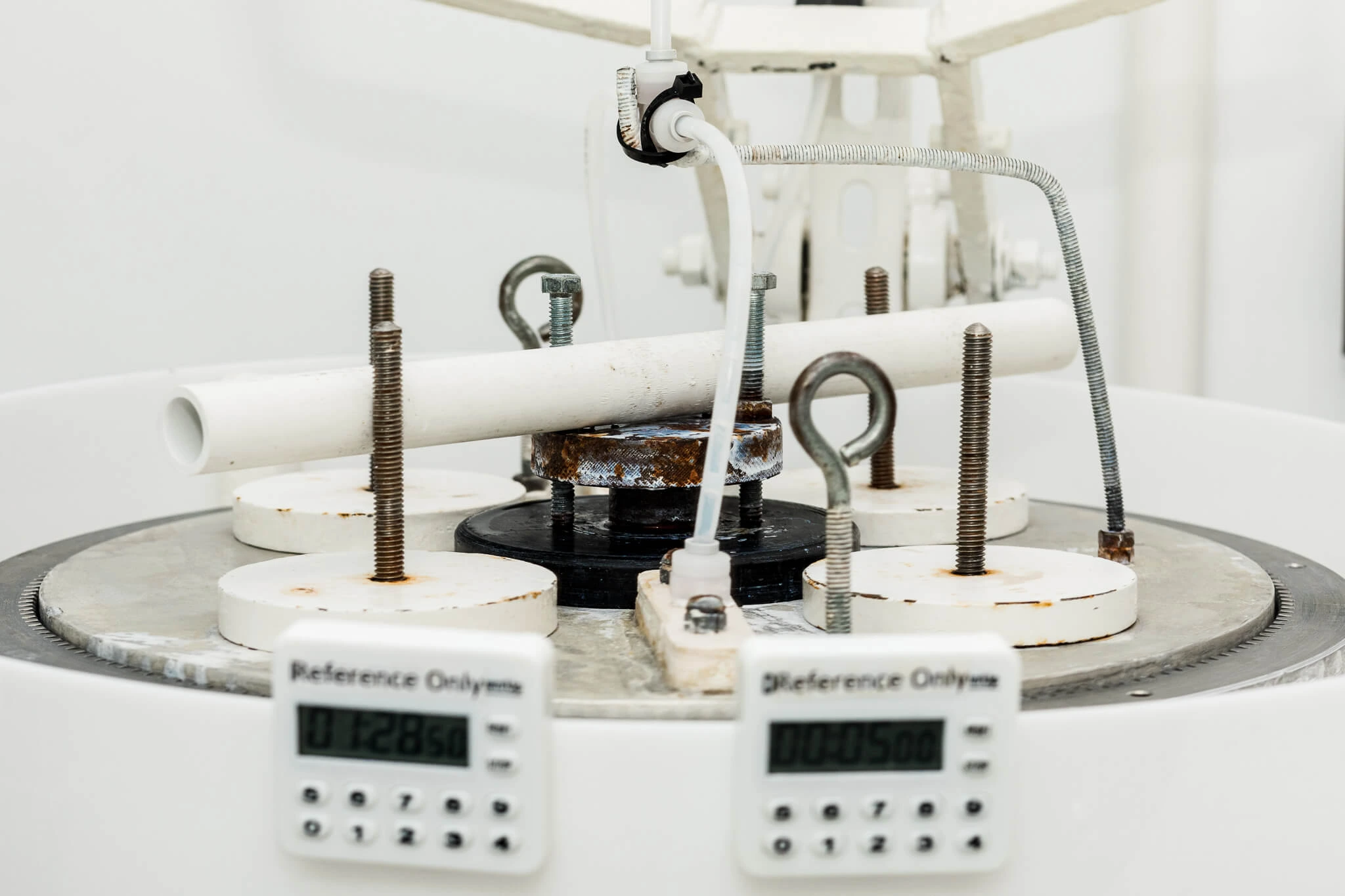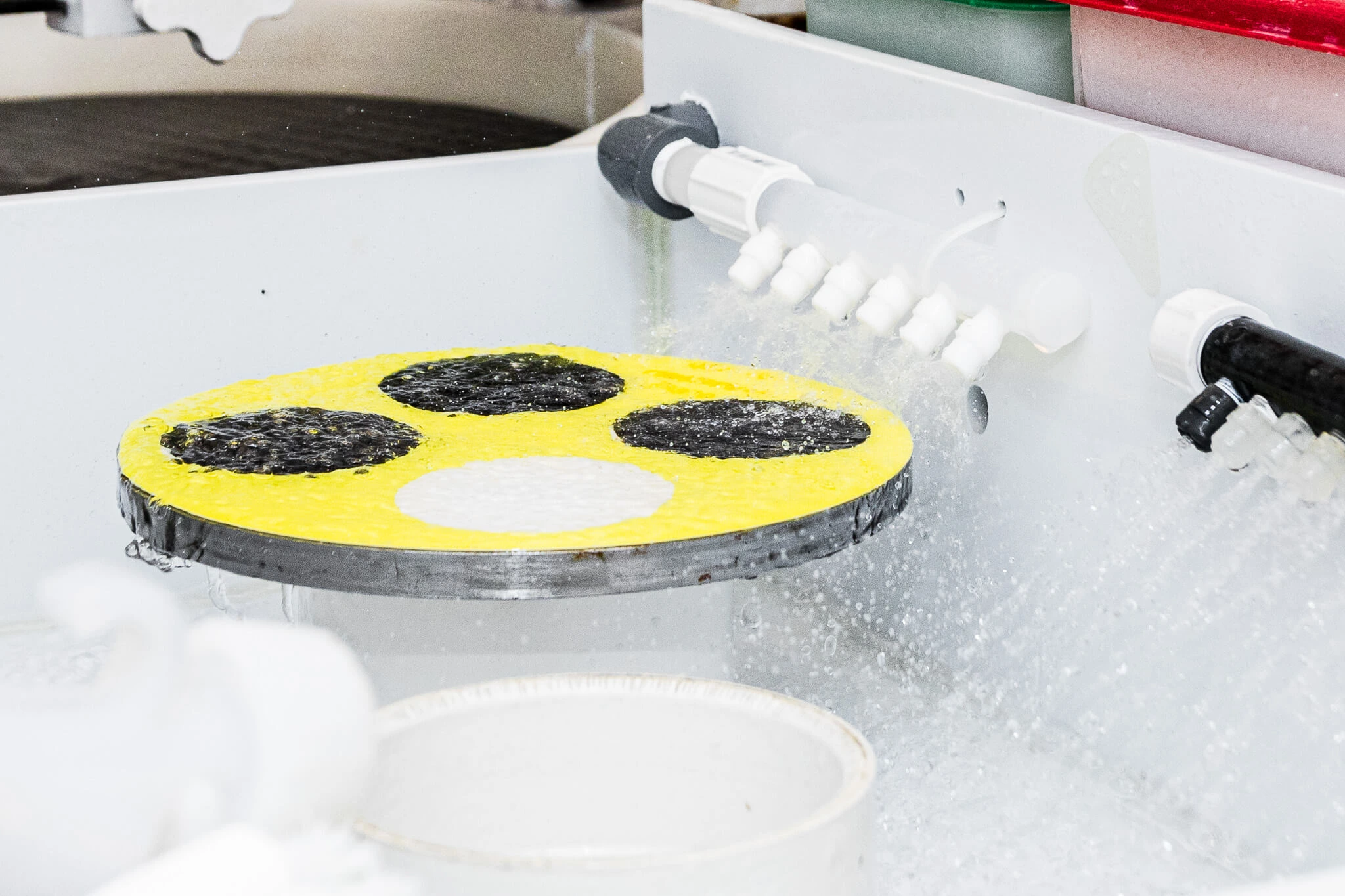Double side polish wafers possess extremely flat, mirror-like surfaces on both sides, making them ideal for advanced and high-precision applications. However, single side polished wafers are often more than adequate and cost-effective for many common use cases.
SSP wafers have one side polished to a mirror finish (used for device fabrication), while the back side is typically left etched or lapped, but not polished. This is sufficient in many scenarios where only one active surface is needed for processing or performance.

For traditional integrated circuit manufacturing, only the front side of the wafer is used for photolithography, etching, doping, and thin-film deposition. The backside plays little to no functional role in device performance, so polishing it adds no real value.
Many low- and mid-power semiconductor devices, such as diodes or MOSFETs, are designed with all contacts on the front side. In these cases, the backside doesn't need to meet strict flatness or cleanliness requirements, making SSP wafers sufficient.
Some types of solar cells use SSP wafers, especially when contacts and junctions are formed on a single side. While higher-efficiency cells might benefit from DSP for better light management or reflectivity, low-cost, high-volume cells often use SSP to reduce manufacturing costs.
Although many MEMS (Microelectromechanical Systems) devices benefit from DSP for double-sided alignment or etching, some simpler MEMS designs involve only front-side structures and can be built on SSP wafers.

A DSP wafer is ideal for processes like double-sided alignment, wafer bonding, MEMS fabrication, or high-precision optics, as it offers high flatness, cleanliness, and optical quality. However, making DSP wafers involves additional steps like backside polishing and extra cleaning, making them more expensive.
By understanding when a DSP is necessary—and when SSP suffices—you can optimize and save costs for your project. Whatever option you’re looking for, Wafer World can help. Contact us today and let us help you find the substrate you need!